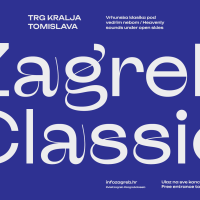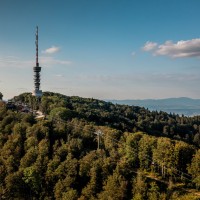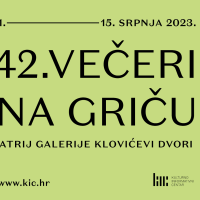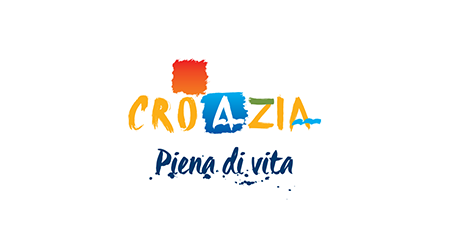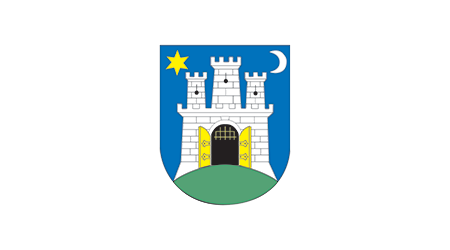Ancient Greeks on Croatian soil
Until December 12th, visitors of the Klovićevi Dvori Gallery can view a representative exhibition: “Ancient Greeks on Croatian soil”. This exhibition consists of the rich heritage from one of the most advanced civilizations in human history, which had a great influence on the language, politics, education, culture and architecture of modern times.
.jpg) Until December 12th, the Klovićevi Dvori Gallery will be the venue for a large thematic exhibition: “Ancient Greeks on Croatian soil”. This exhibition features more than 480 items from locations from Istria to Dubrovnik, which stand witness to the rich Ancient Greek heritage that existed on the territory of contemporary Croatia.
Until December 12th, the Klovićevi Dvori Gallery will be the venue for a large thematic exhibition: “Ancient Greeks on Croatian soil”. This exhibition features more than 480 items from locations from Istria to Dubrovnik, which stand witness to the rich Ancient Greek heritage that existed on the territory of contemporary Croatia.
The period covered by the exhibition falls between the 12th and the 1st century B.C., since the first arrival of Greeks on Croatian soil until Roman dominance. The exhibition features sculptures, amphorae, inscriptions carved in stone, numismatic materials, jewellery, weapons, military equipment etc. The exhibits have been gathered from seventeen museums across Croatia, as well as ten institutions and private collections; this is the first time that all these exhibits will be displayed together in one place, under the same roof.
One of the key exhibits is the Croatian Apoxyomenos, an ancient bronze statue from the 2nd or 1st century B.C., which was discovered in the sea in 1996 and brought to surface three years later. Also featured are an extremely valuable bronze head of the goddess Artemis, dating from the 4th century B.C., as well as red and black figure ceramic pottery, and stone inscriptions, such as the Psephysm of Lumbarda. The Psephysm is a historic document carved in stone from which one can read the 2300-year story of the ancient roots of contemporary Lumbarda.
More than thirty scientists and museum curators worked on the preparations for this great cultural project and the initiator of the exhibition is Jasminka Poklečki Stošić. Together they have successfully presented the heritage of one of the most advanced civilizations in human history, which has greatly influenced the language, culture, education, and architecture of modern times. The museum organizes daily guided tours from Tuesday until Sunday, at 5 p.m., or at a prearranged time for group visits.
Published: 02.11.2010
 Hrvatski
Hrvatski English
English Deutsch
Deutsch Spanish
Spanish French
French Italian
Italian Russian
Russian Korean
Korean Japanese
Japanese Chinese
Chinese.jpg) Until December 12th, the Klovićevi Dvori Gallery will be the venue for a large thematic exhibition: “Ancient Greeks on Croatian soil”. This exhibition features more than 480 items from locations from Istria to Dubrovnik, which stand witness to the rich Ancient Greek heritage that existed on the territory of contemporary Croatia.
Until December 12th, the Klovićevi Dvori Gallery will be the venue for a large thematic exhibition: “Ancient Greeks on Croatian soil”. This exhibition features more than 480 items from locations from Istria to Dubrovnik, which stand witness to the rich Ancient Greek heritage that existed on the territory of contemporary Croatia.